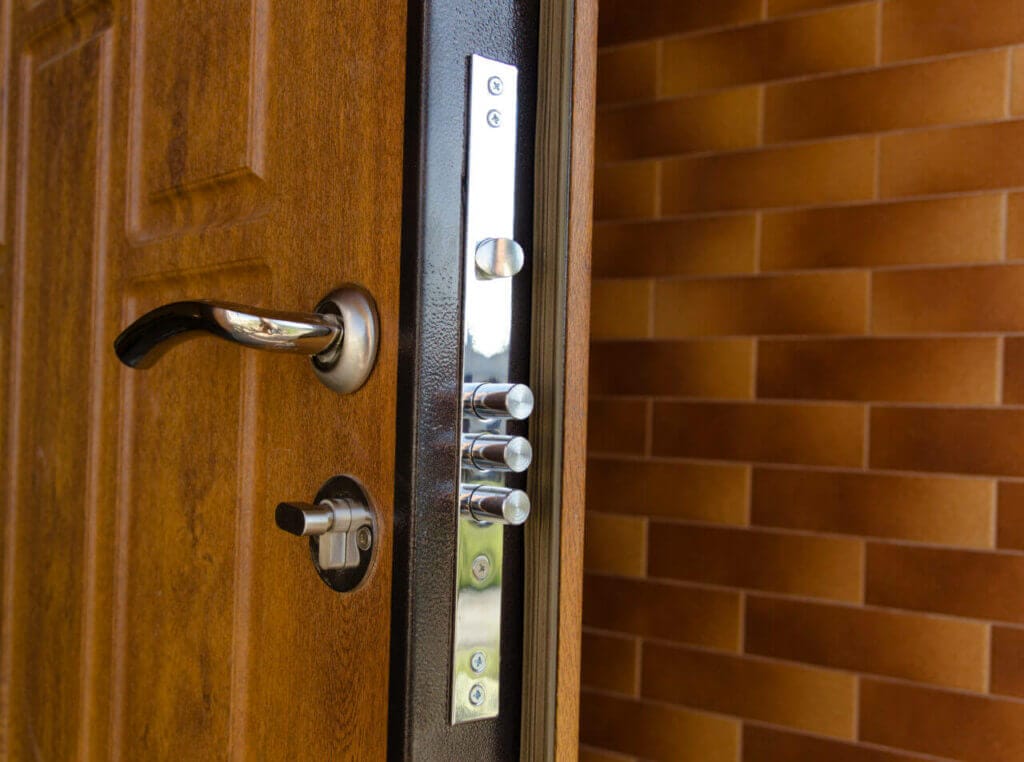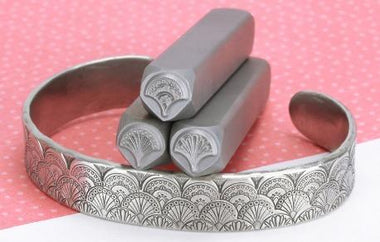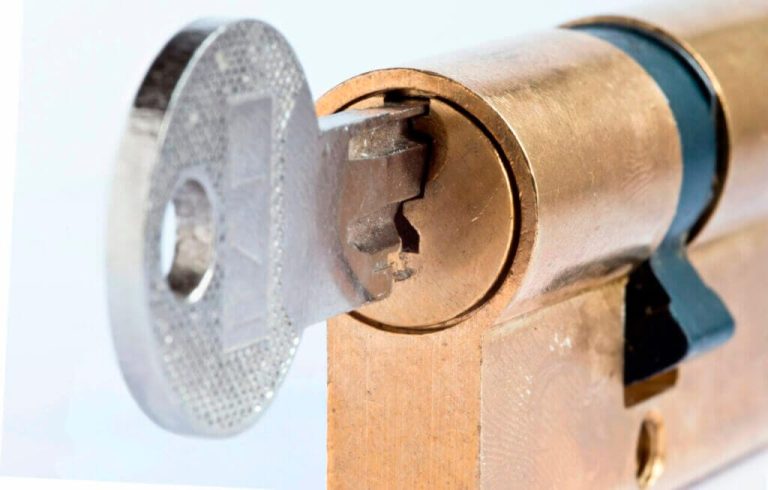Pliers 101: A Comprehensive Overview of Types and Uses
Pliers are fundamental tools in any toolbox, providing a wide range of functions from gripping to cutting. This comprehensive overview will highlight the different types of pliers, their specific applications, and how they can be particularly useful when working with materials like geogrid.

What are the main types of pliers?
Pliers are categorized into several types, including slip joint, needle-nose, cutting, and locking pliers. Each type serves distinct purposes, such as securely gripping wires or cutting through various materials.
How do you determine the right pliers for your task?
Selecting the right pliers depends on the job at hand. Needle-nose pliers are ideal for precision tasks in tight spaces, while cutting pliers excel at trimming materials. Always consider the specific materials you’re working with, especially geogrid in construction projects.
Can pliers effectively handle geogrid materials?
Yes, pliers can efficiently manage geogrid materials during installation. They assist in securing, shaping, and cutting the geogrid to meet project specifications.
What maintenance is essential for keeping your pliers in good shape?
To ensure your pliers last, clean them after use, lubricate the joints, and store them in a dry environment. This maintenance will prolong their lifespan and enhance their performance, especially when working with tough materials like geogrid.
Pliers are versatile tools that are essential for various tasks, from minor repairs to complex projects involving geogrid. Understanding the types and their applications can significantly boost your efficiency, while proper maintenance will keep them reliable for years to come.


